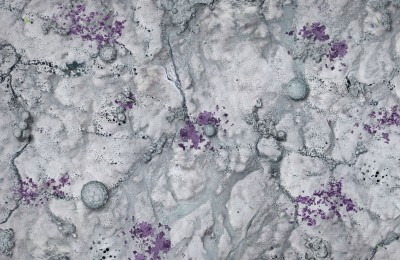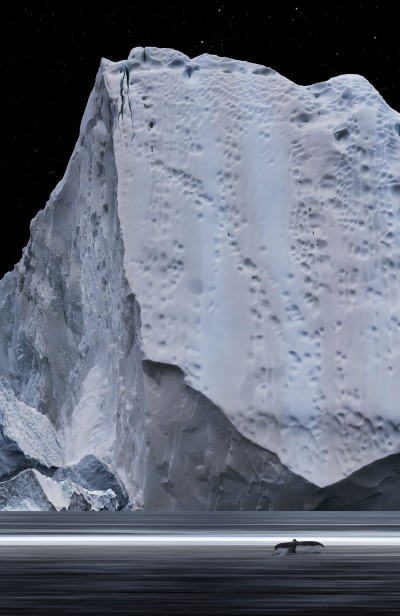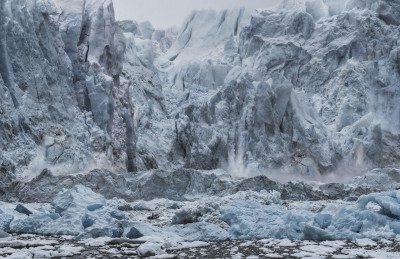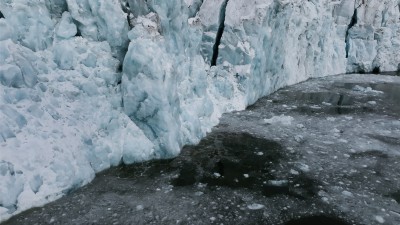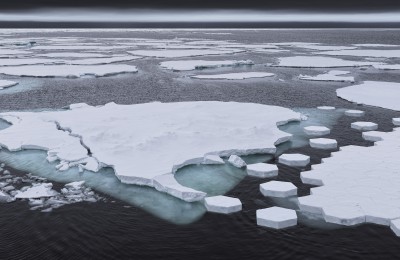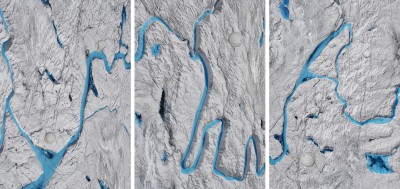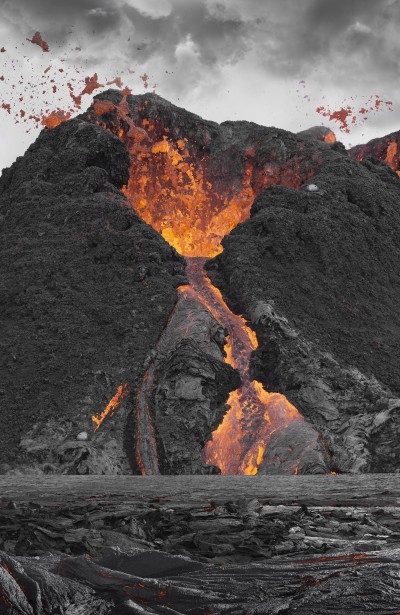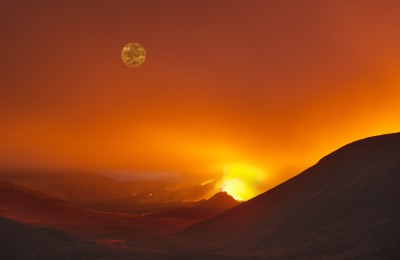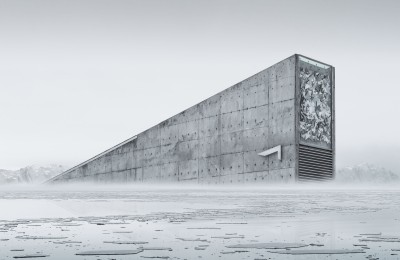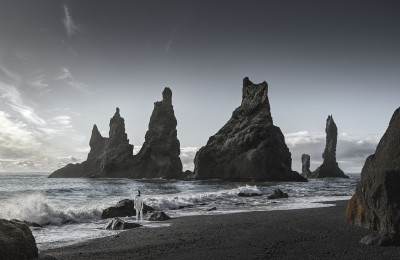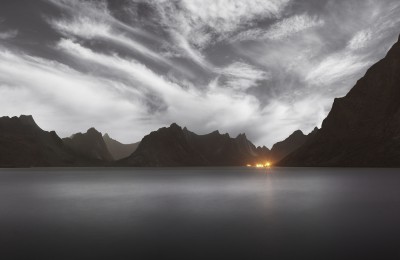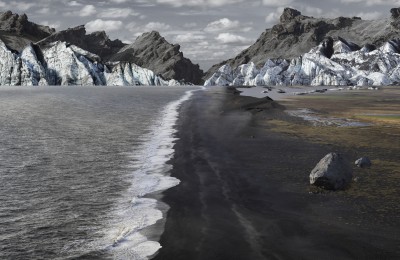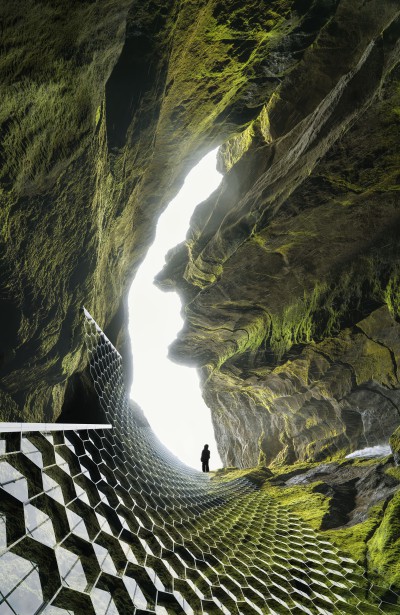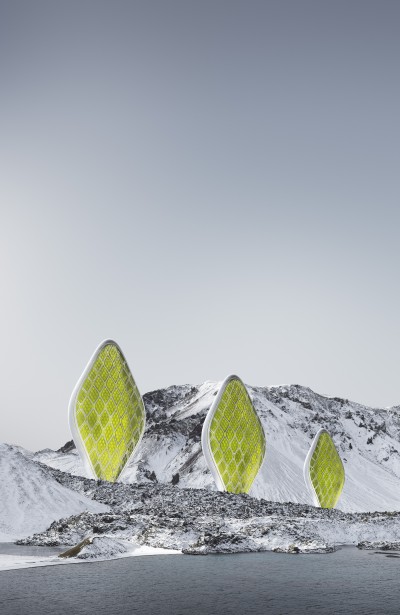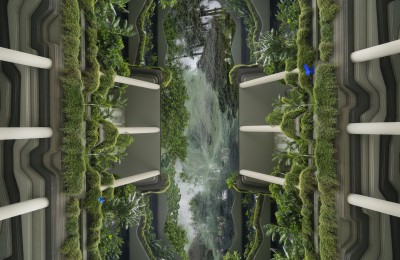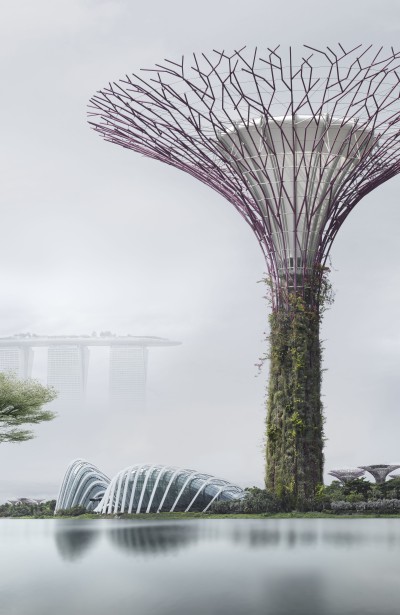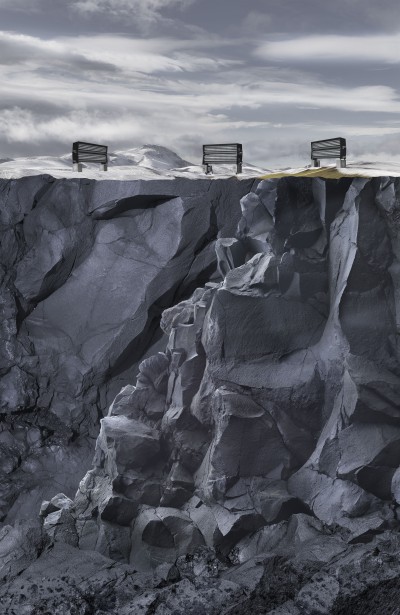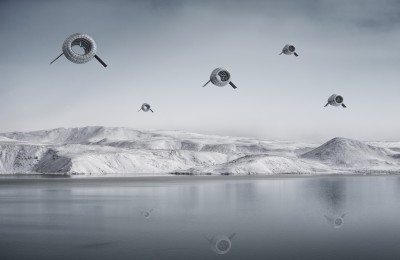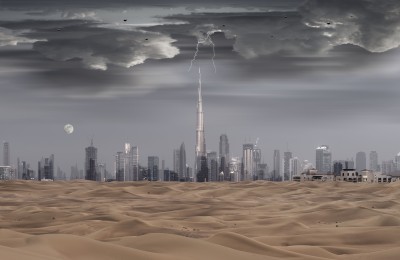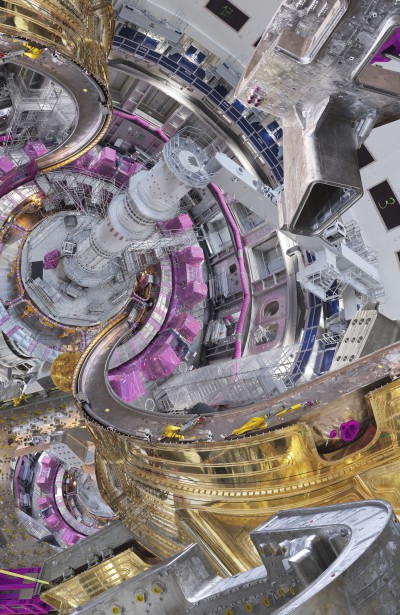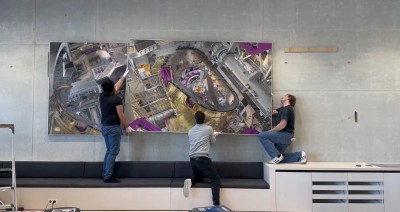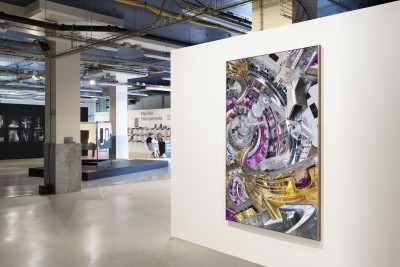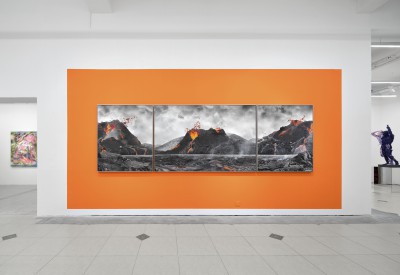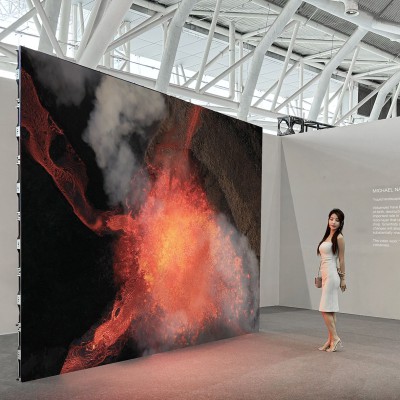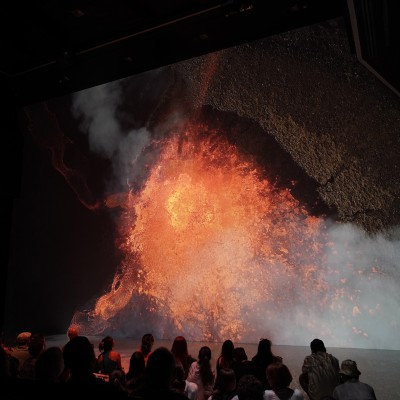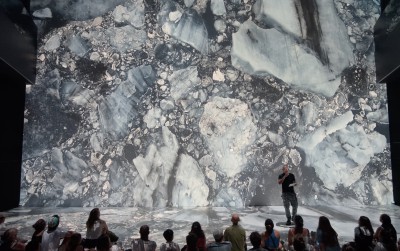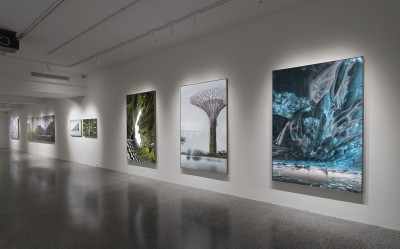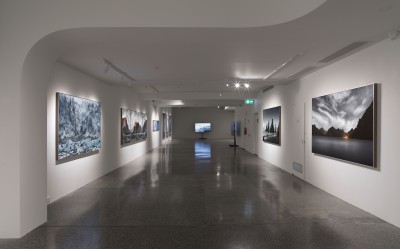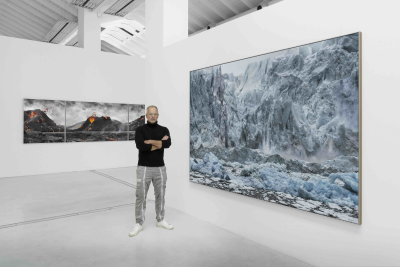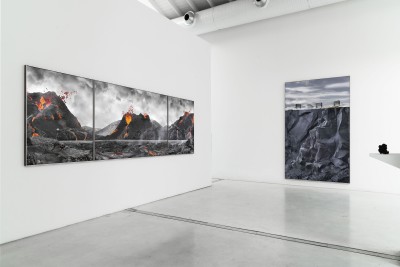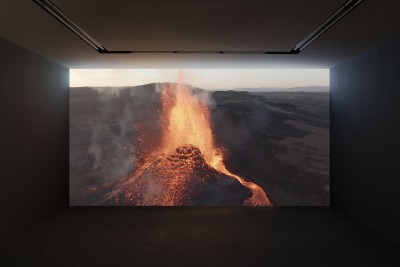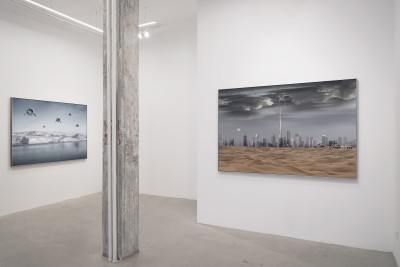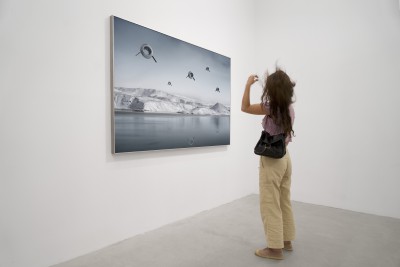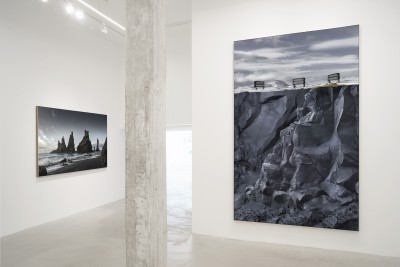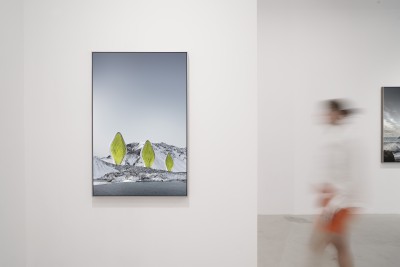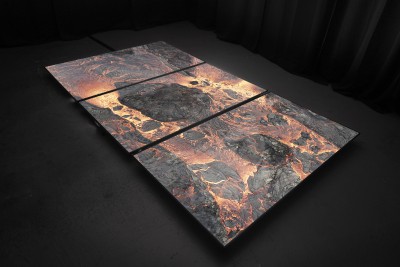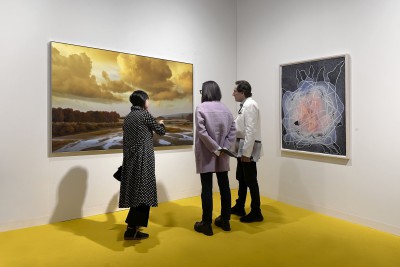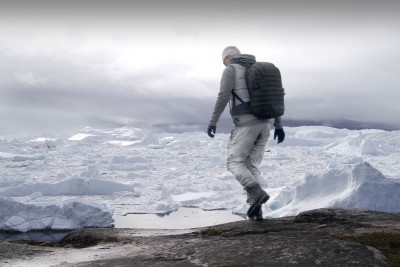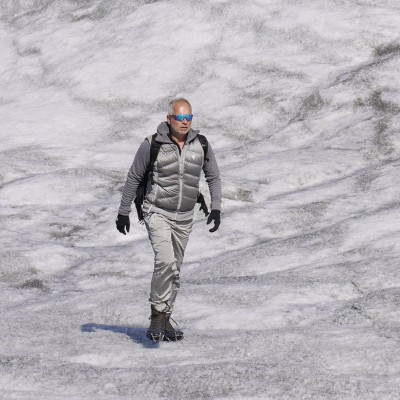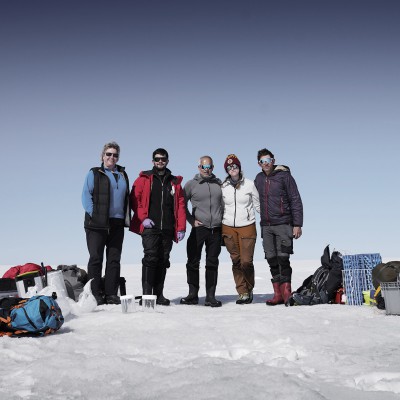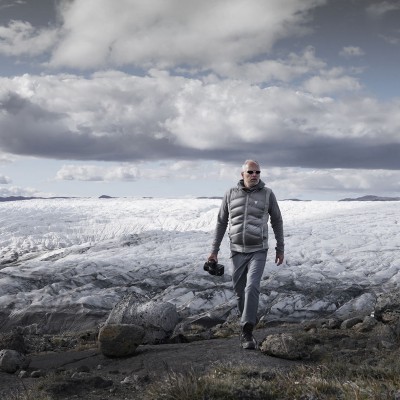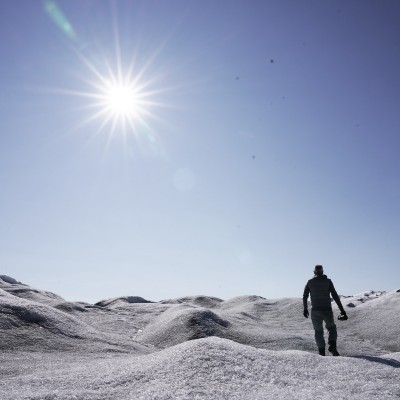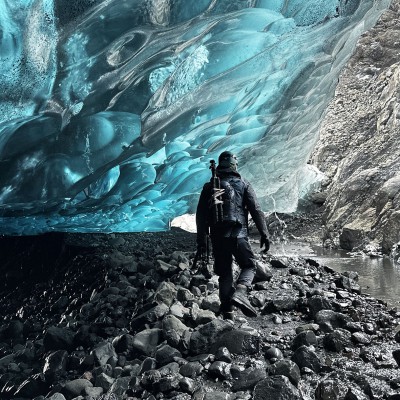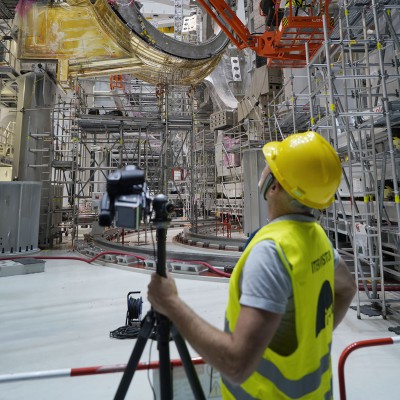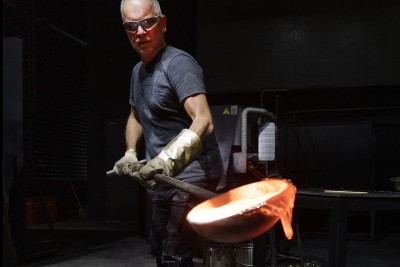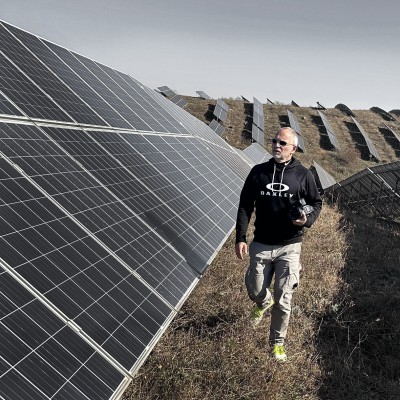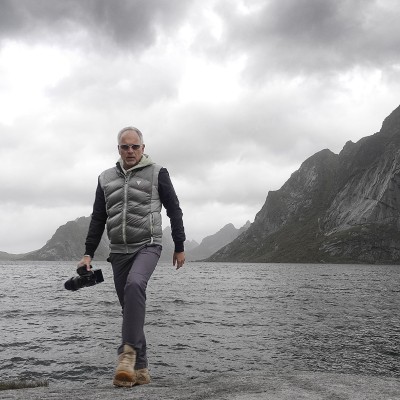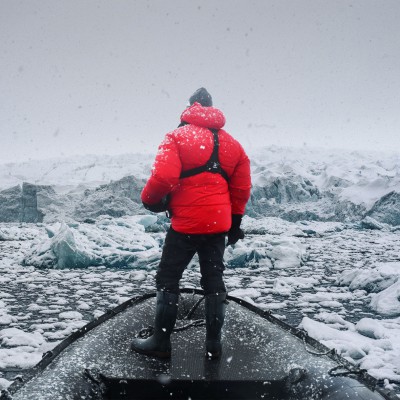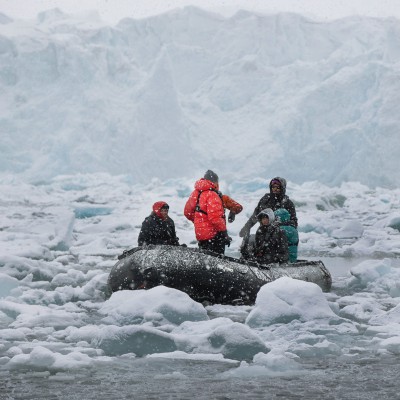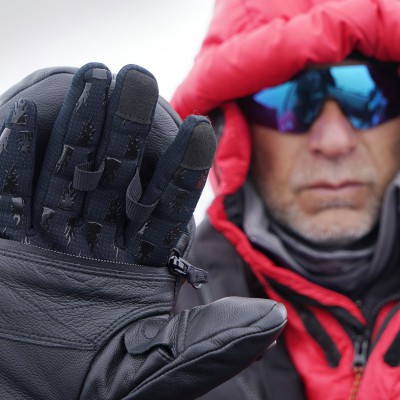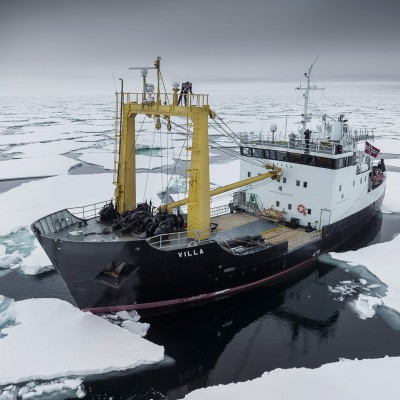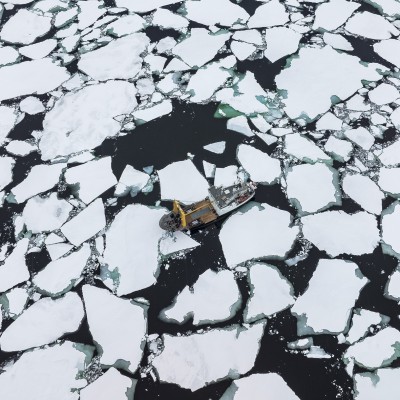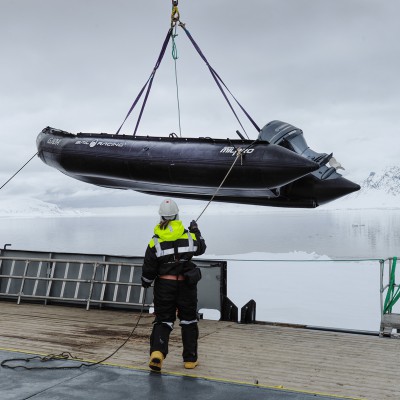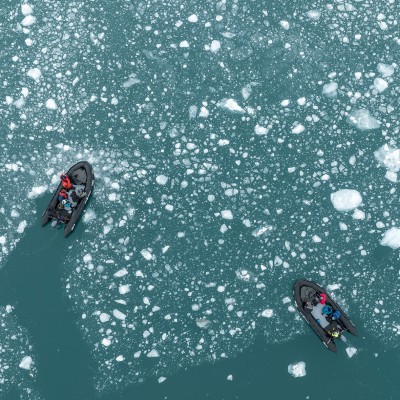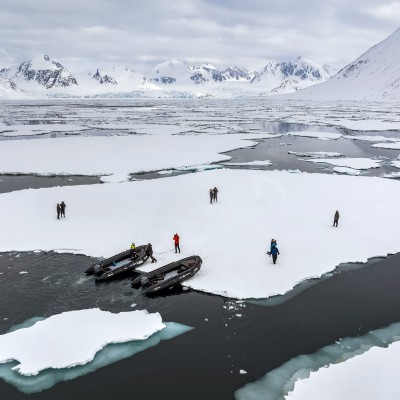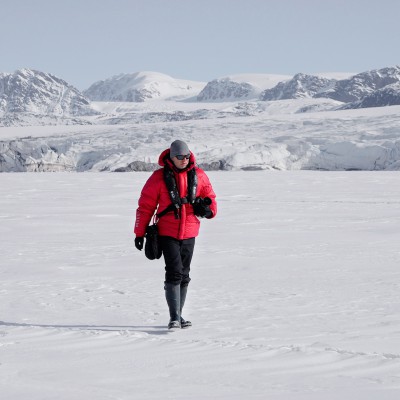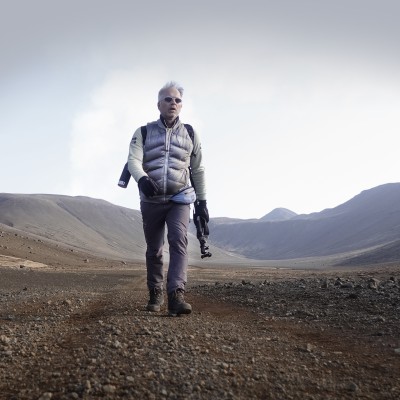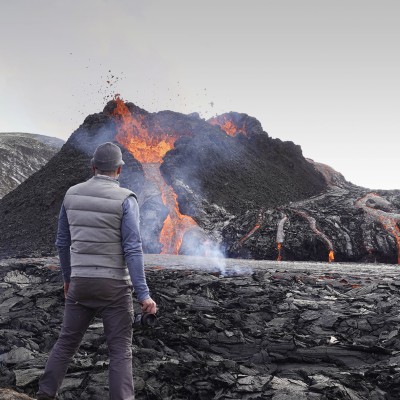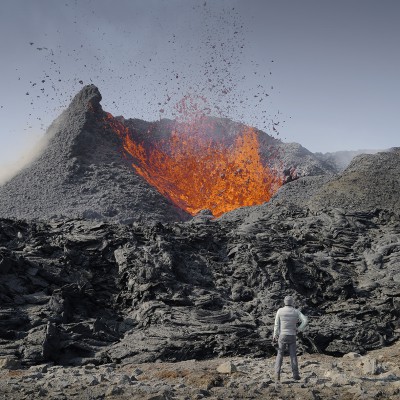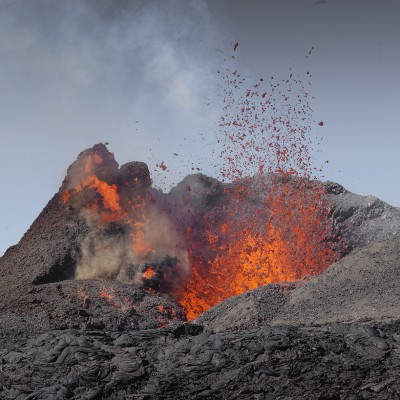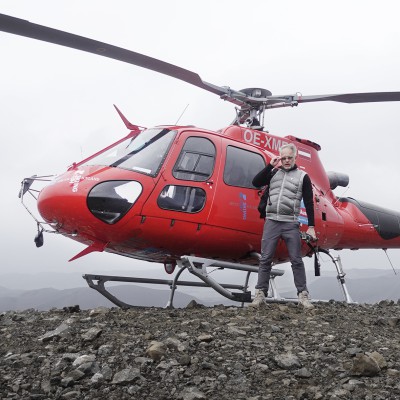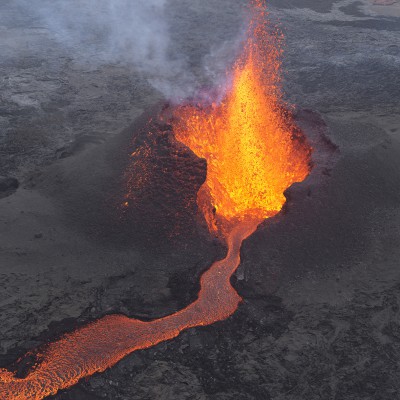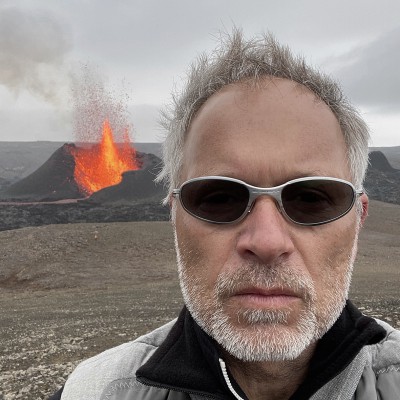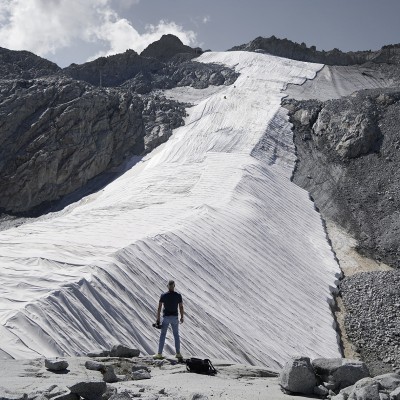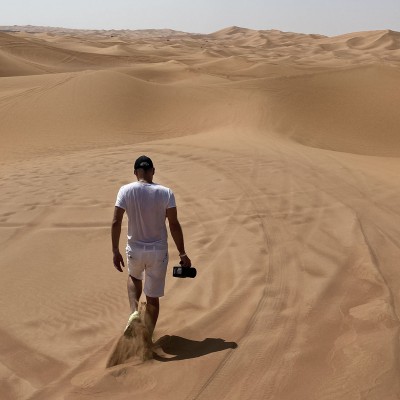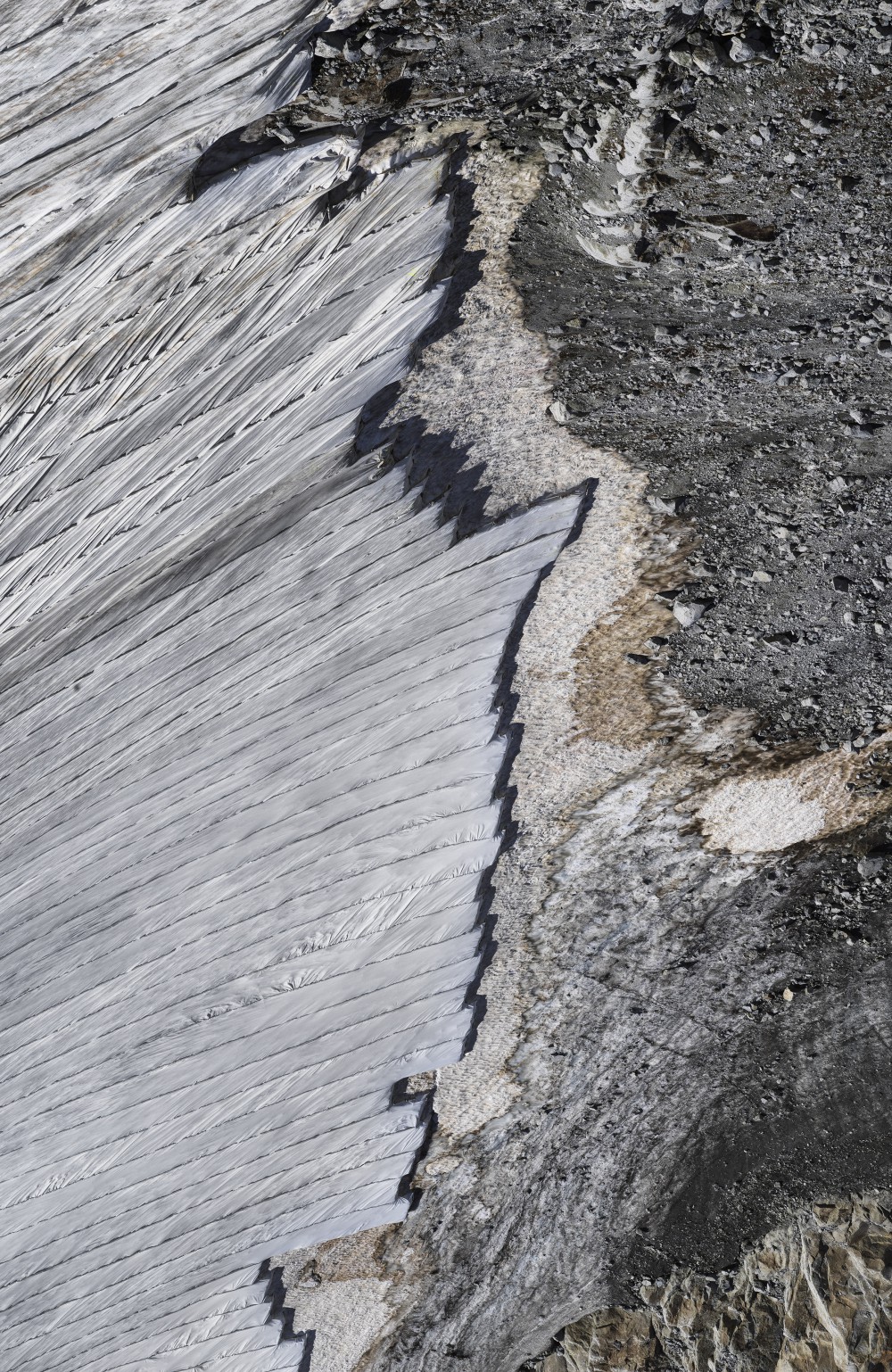
icesolation
Format 1: 202 x 132 cm / 79.5 x 52 in, edition of 6 + 2 AP
Format 2: 102 x 67 cm / 40.2 x 26.3 in , edition of 6 + 2 AP
Hybrid photography, archival pigment print, aludibond, diasec, custom-made wood / aluminium frame
The Alps are changing dramatically due to climate change. Never before have the Alpine glaciers retreated so rapidly as in the past 30 years. Geoscientists predict that, in the best-case scenario, around two thirds of the ice masses in the Alps will have disappeared by the end of this century, while, in the worst-case scenario, the Alps will be completely free of ice, a development that, according to current forecasts, seems hardly reversible. Today, little is left of the mighty ice tongues that reached deep into the valleys 100 years ago. The glaciers melt away, the mountains become more unstable and the danger to humans increases. The enormous loss of mass is mainly due to one factor alone – climate change. Heat waves, which as a result of climate change, are becoming more frequent and more intense and are causing glacial areas to destabilise. This was demonstrated in July 2022 by the fatal collapse of a glacier on the highest mountain in the Dolomites, the Marmolata. Flash floods, landslides and avalanches are becoming more frequent. Entire ecosystems are being destroyed. And, we are losing an important part of our fresh water reserves. The only way to effectively limit the global retreat of glaciers is to reduce greenhouse gas emissions and thus the warming of the atmosphere. Yet time is running out. Researchers are using advanced technologies to try to better predict glacier collapse and rock falls, to cover the glaciers with artificial snow and to protect them from sunlight during the summer with geotextiles.
The artwork “iceolation” shows the 3000 m high Presena Glacier in the Marmolata mountains in the Italian Alps. Since 1993 about one third of its ice mass has melted. On the left-hand side of the picture a linear artificial structure can be seen and on the right-hand side bare rock. A sharply jagged line separates the two halves of the picture and interlocks them at the same time. Every spring the Presena Glacier is covered with a geotextile fabric over an area of 100,000 m2 to insulate it from the heat and reflect back the sunlight more strongly. The tarpaulins are of polypropylene felt, a material made specifically for this purpose, and have proven to be extremely effective in saving the glacier from further melting during the hot summer months. The geotextile overlay reduces the melting process by around 70% by insulating heat and increasing albedo. Nonetheless, this technology can only buy time. The glacier will not grow anymore; whether it will survive remains an open question.
